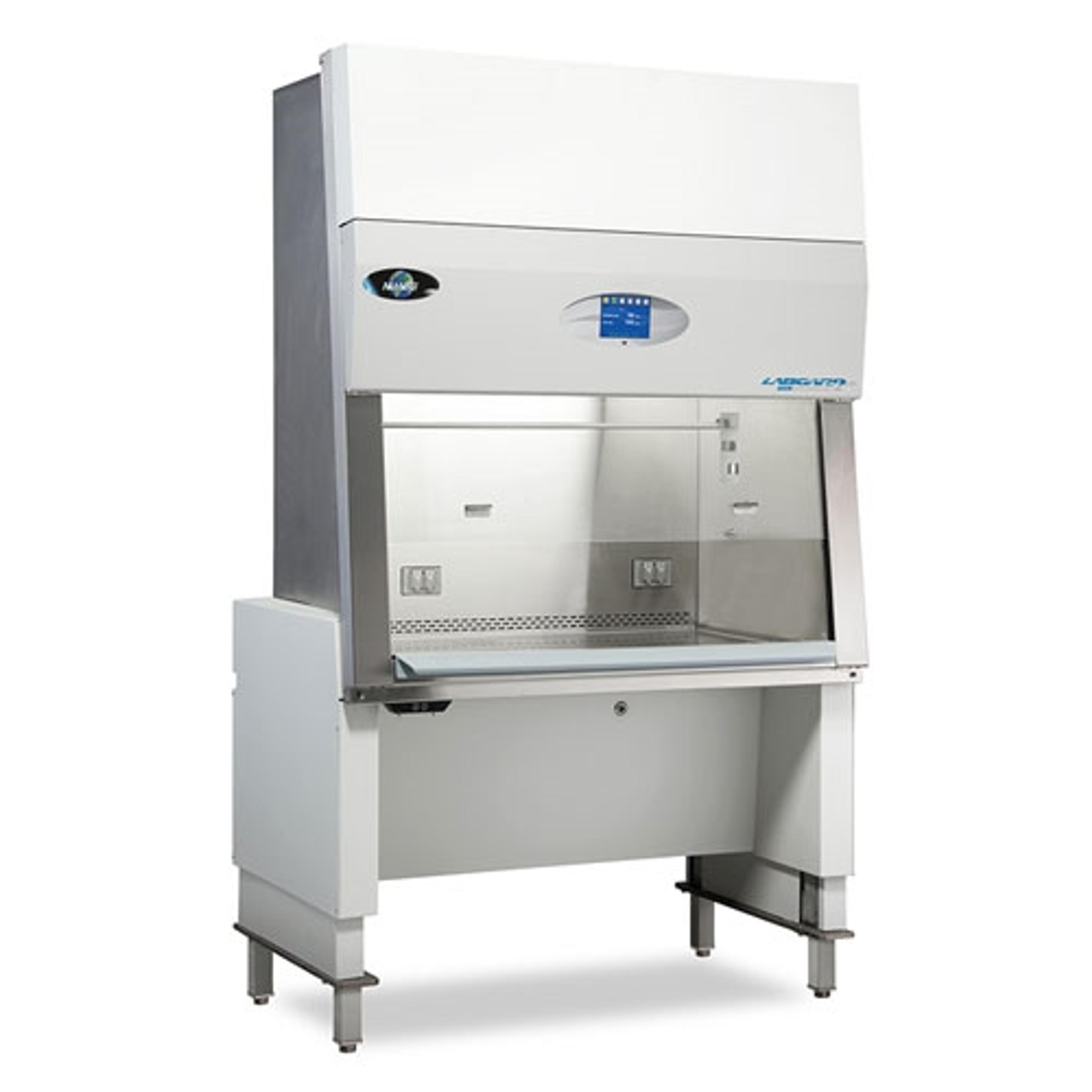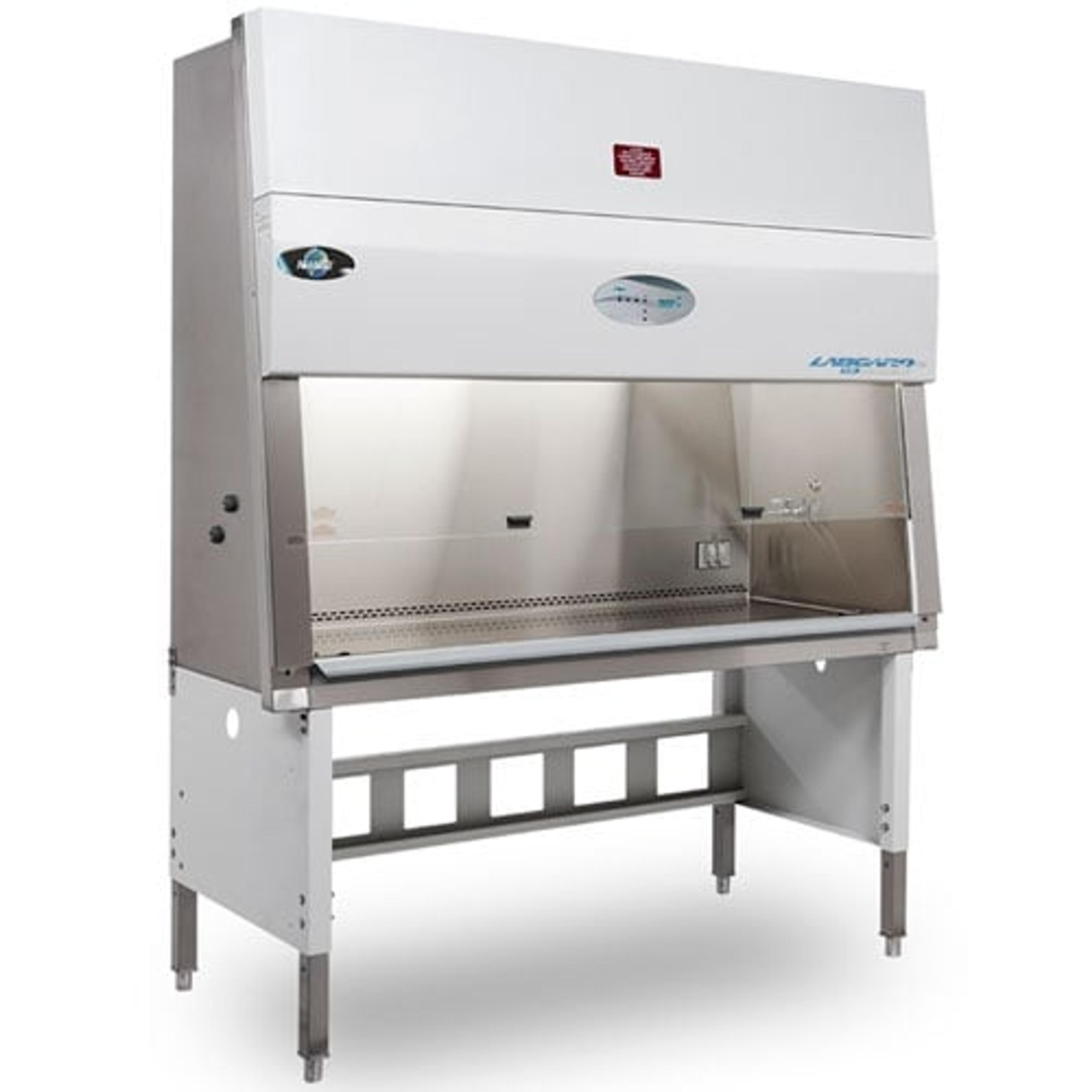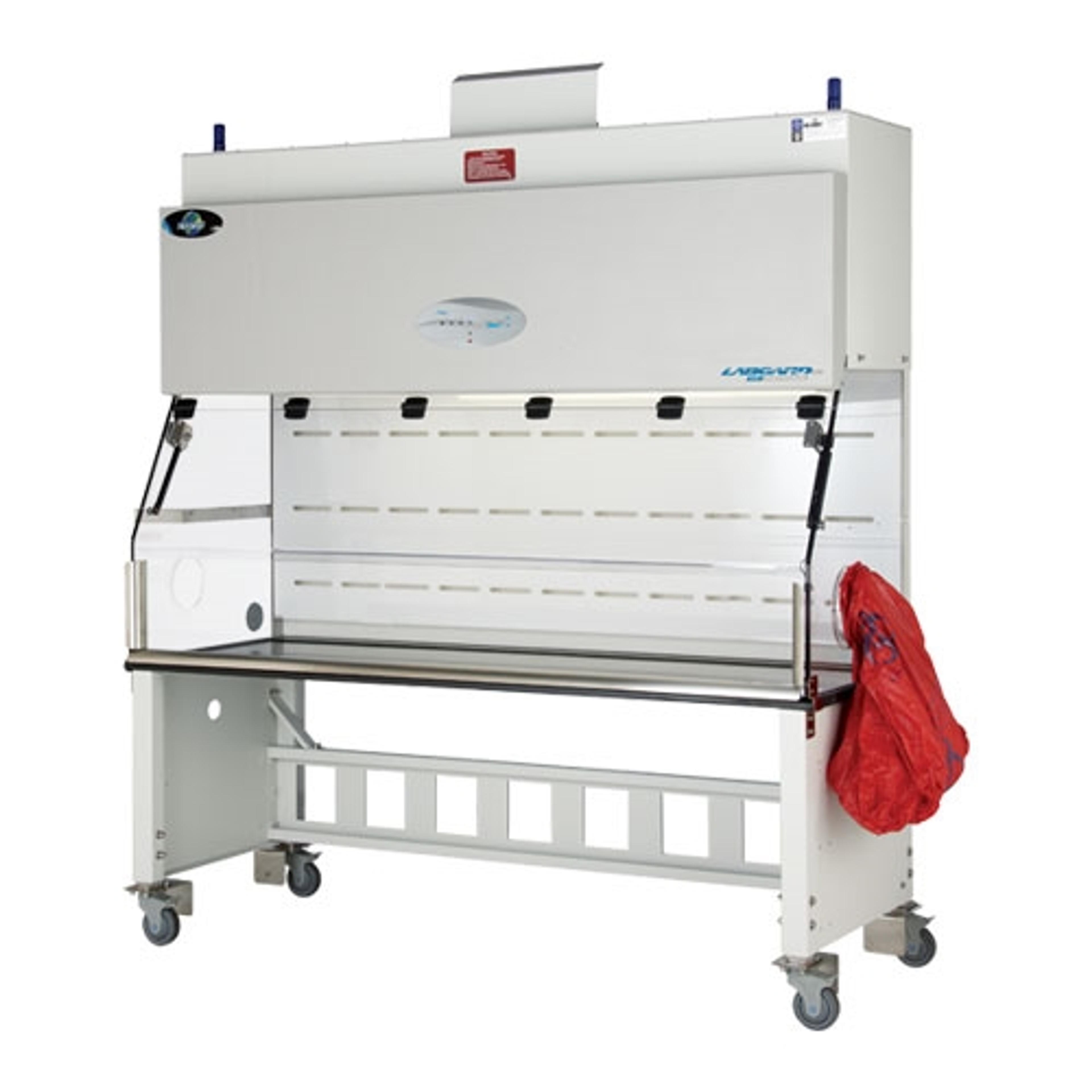Biosafety cabinet masterclass: Your questions answered
Find out how to work in a biosafety cabinet so airflow is not interrupted, as well as other key considerations to ensure complete biocontainment
13 Jul 2021

In this on-demand SelectScience webinar, Seth De Penning, product marketing manager at NuAire, explains the basic functioning of a Class II, Type A2 biosafety cabinet and how it provides protection. He goes on to show how a cabinet operator should work in the cabinet so as not to interfere with the airflow and demonstrate other key features that provide biocontainment for the operator.
Read on for highlights of the live Q&A session or register to watch the webinar at any time that suits you.
Q: How often do you need to validate your cabinet?
SP: The term we typically use in the biosafety cabinet industry is certification. The exact times you have to certify may depend upon your country or regional guidelines, but the common denominators tend to be the ones that we covered at the end of the webinar. When you have installed your biosafety cabinet, you must ask yourself where you are going to use it. You want to certify it where it's going to be used before it's actually put into use to make sure that it's working properly. Thereafter, a typical rule is that it's certified at least once every year depending upon the application. Sometimes it may be done every six months, which is dependent on the procedure of the specific laboratory. That's the most common cadence for certification, right when it's installed and then later every six months to a year after that going forward.
I should also mention ad hoc situations where you would want to re-certify it again, such as moving the cabinet to a new location, which means you’ve effectively reinstalled the cabinet. You want to certify it and ensure that it's functioning correctly in its new home. Beyond that, any type of technical service done to the cabinet, e.g., if you change the HEPA filters, the motor, or especially with key components, you want to make sure that the biosafety cabinet continues to function correctly with those new components installed. Thus, you want to go ahead and certify that again. There may be other cases dictated by your local regulatory framework or your local laboratory guidelines, but those are the key times when, typically, the field certification is called for.
Q: Does the smoke test help to ensure that the safety cabinet is functioning well?
SP: Yes, it does. A smoke test is one of the many tests that are performed as part of that field certification we've just described. All of the tests that are included in the field certification would take more time than we have today to discuss. The smoke test is designed to show the direction that the airflow is moving.
How the National Sanitation Foundation (NSF) explains it, the other tests done in certification measure the velocity to make sure that the downflow and inflow velocities are fast enough. That's one of the many other tests that are done, but we don't just want to know that the velocity is correct in our biosafety cabinet, you want to make sure the air is moving in the correct direction. For example, as NSF would describe it, the inflow that's coming into the front of the cabinet on the Class II A2, we want to make sure that airflow is coming into the front airflow grill, coming into the work access opening and immediately being pulled down into that front airflow grill, not simply flowing right into the work zone.
Similarly, the downflow, remember how we talked about that airflow split in the work zone, some of that air going into the front airflow grill and some into the rear airflow grill, so you want to visualize that airflow split. Some of the other tests that are done would be tests that are done to make sure no air is flowing out of the cabinet. After all, this is biocontainment. By using smoke, we can make sure that nothing is flowing out of the cabinet, especially out to the front of the cabinet. Then, we would have a good compressional air barrier, a good air curtain and be sure that the sash on the front has a good seal and nothing is escaping out of the cabinet. The smoke flow test is part of certification because it gives us that visual layer to seeing how our cabinet is functioning.
SelectScience runs 10+ webinars every month, discover more of our upcoming webinars>>



